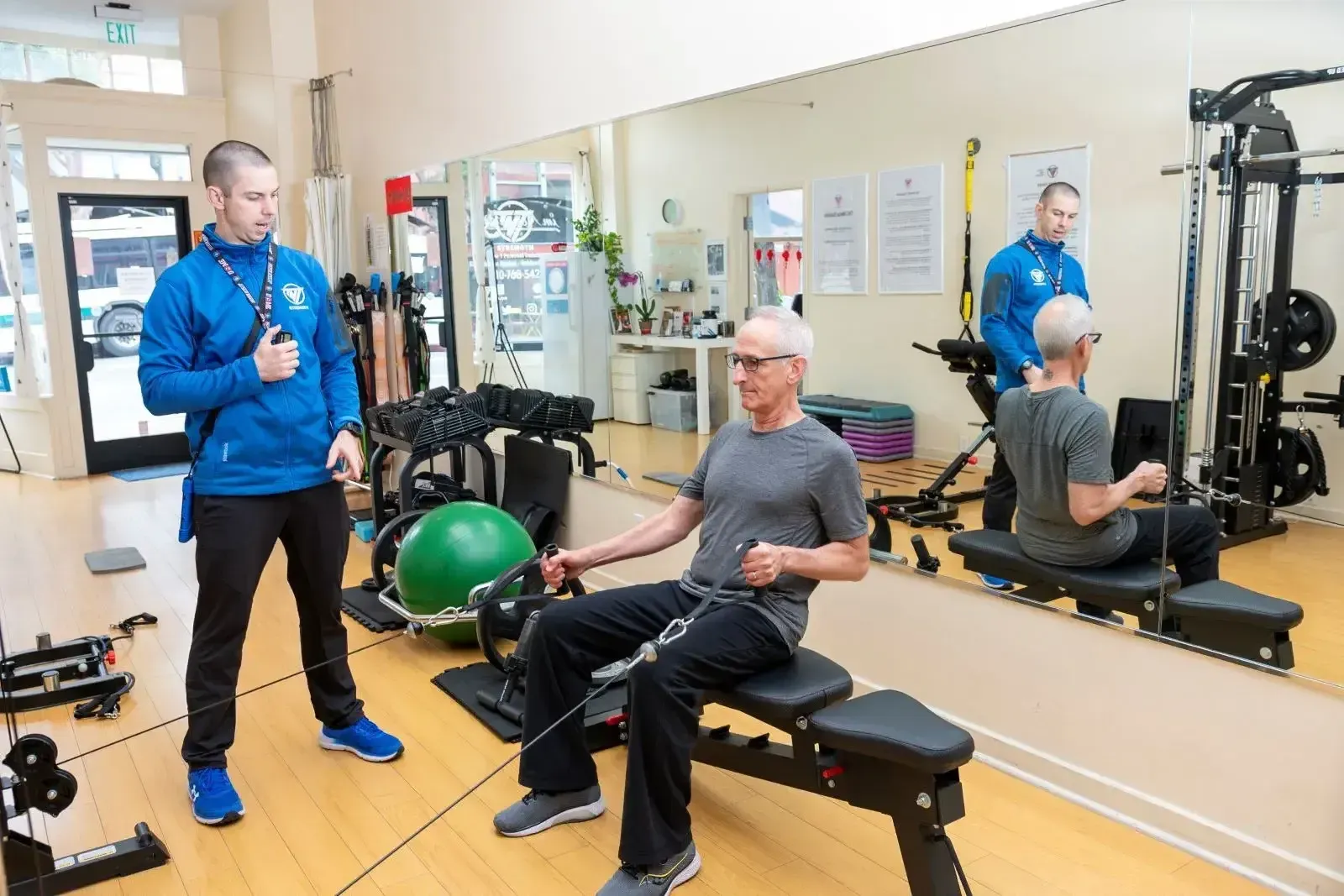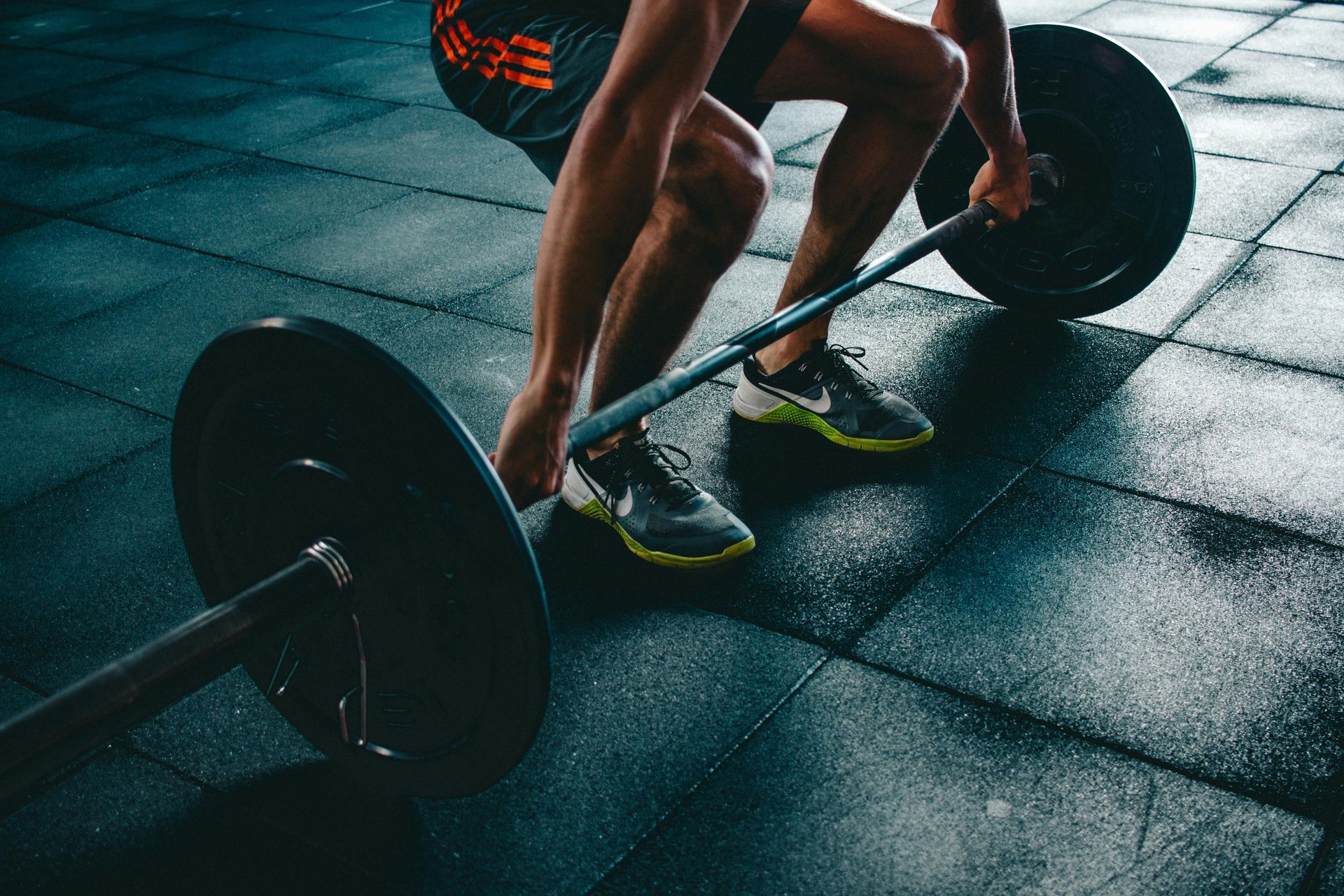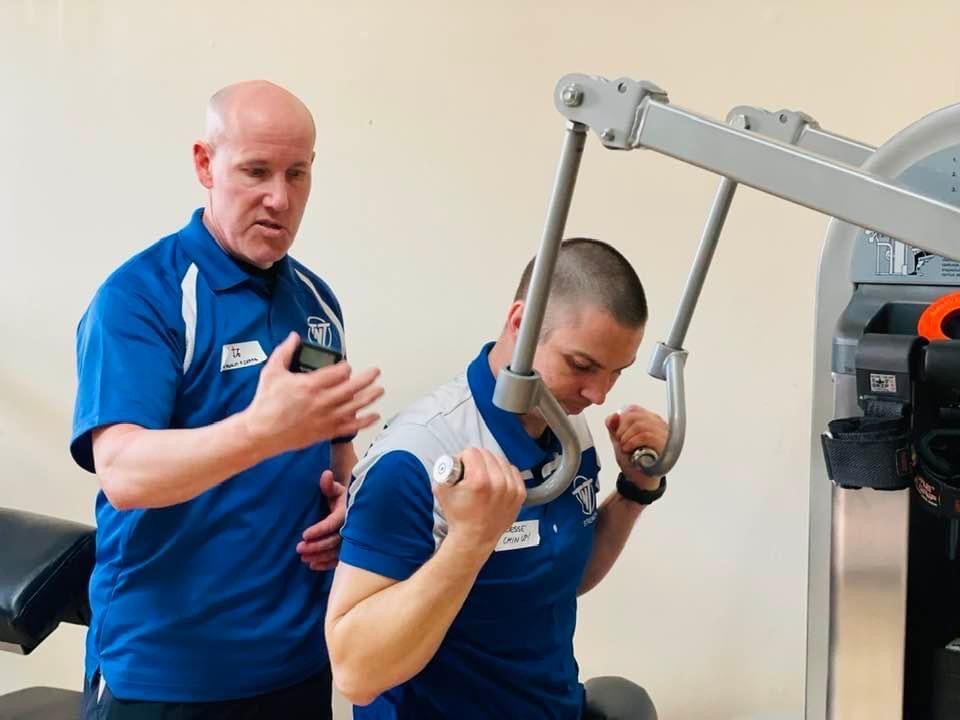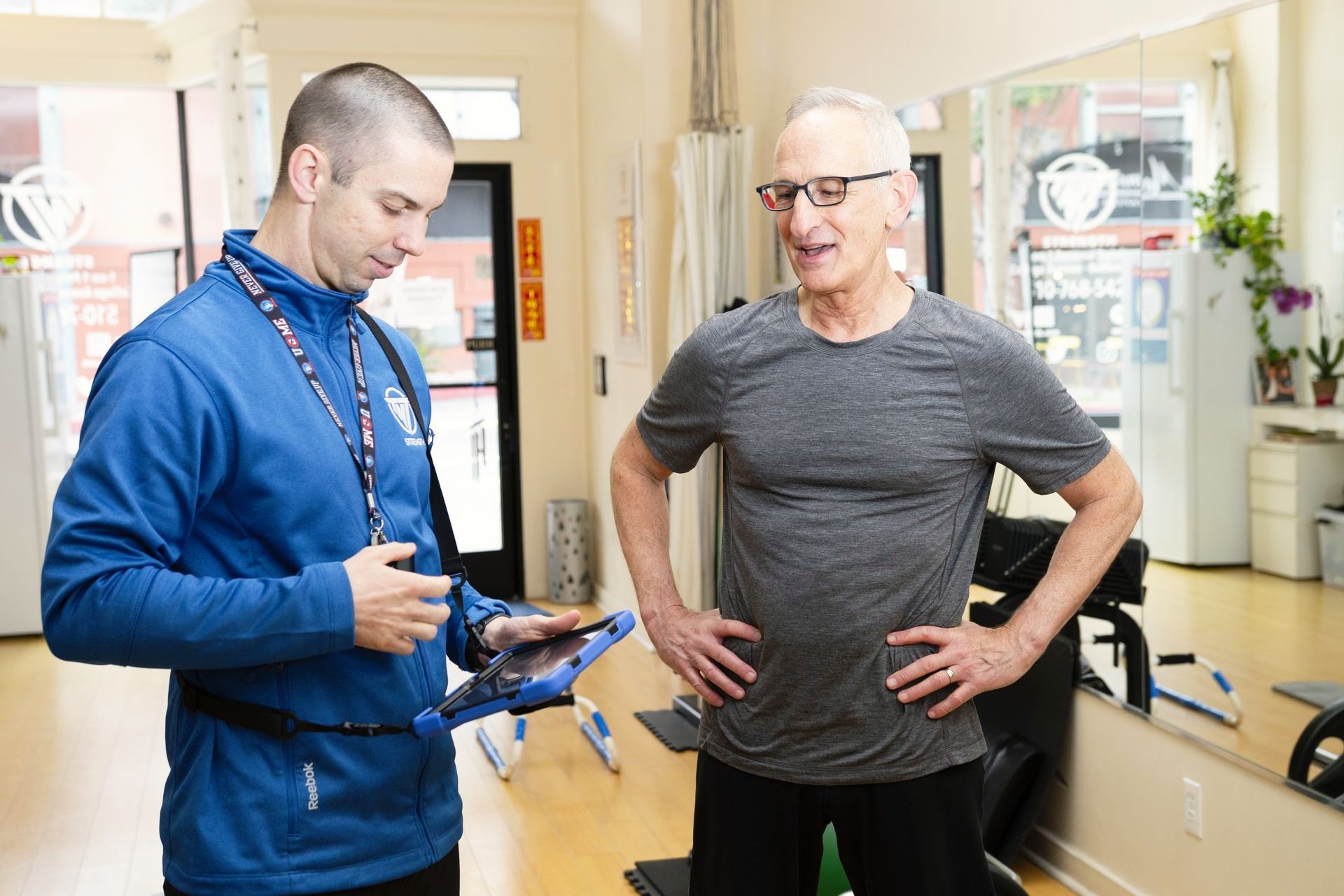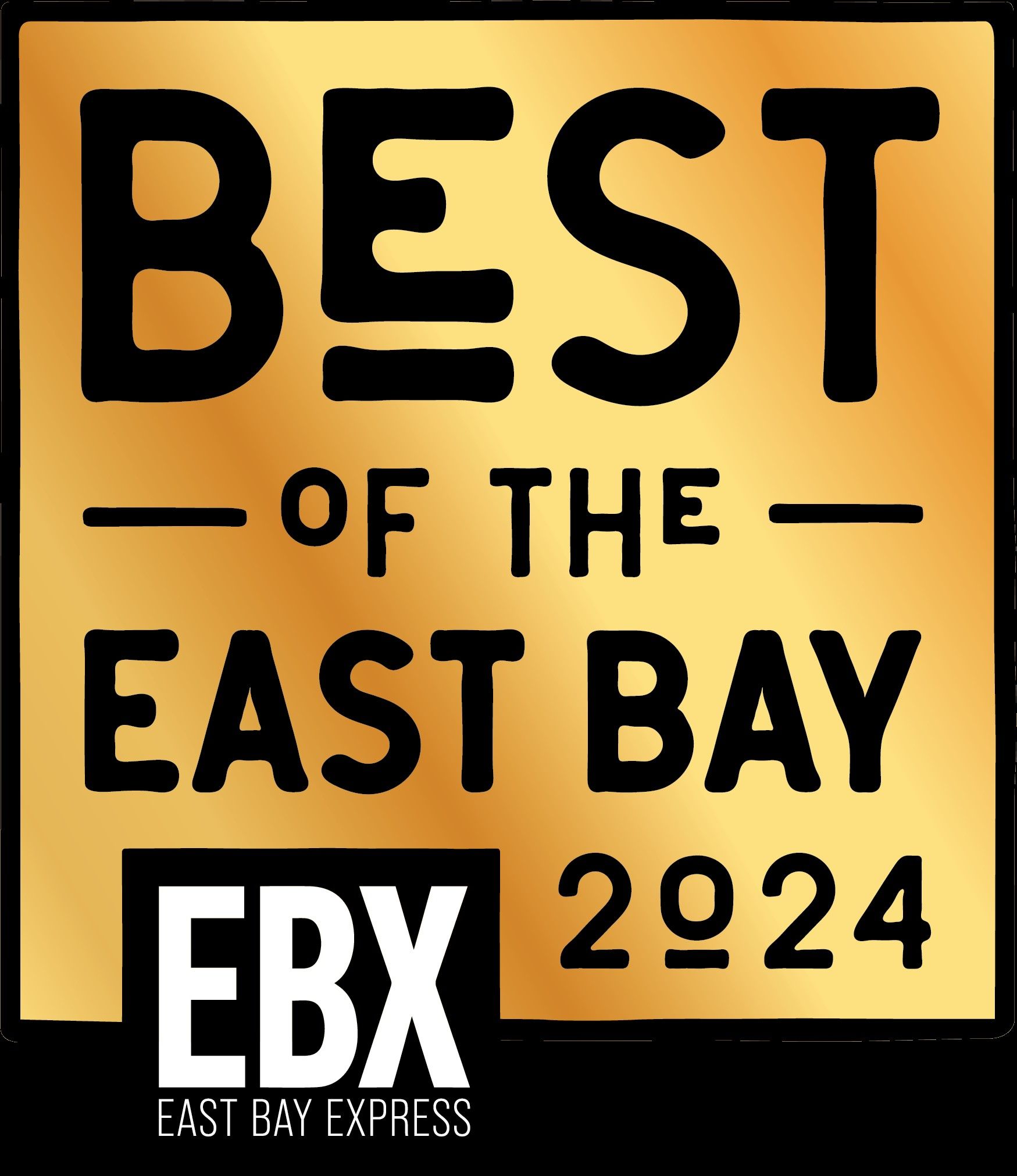There Is No Such Thing as "Cardio"
TL;DR
There's no such thing as "cardio" in isolation. Every form of movement challenges your heart and lungs. At TNT Strength Oakland , we teach our Rockridge community that strength training is the most efficient, complete, and time-effective form of conditioning . It builds your heart, lungs, muscles, bones, and connective tissue all at once.
Forget "cardio days." With the right program, your strength work is your cardio.
"There is no such thing as 'cardio.' There is only movement, load, adaptation — and how your body responds."
— Liam "TAKU" Bauer
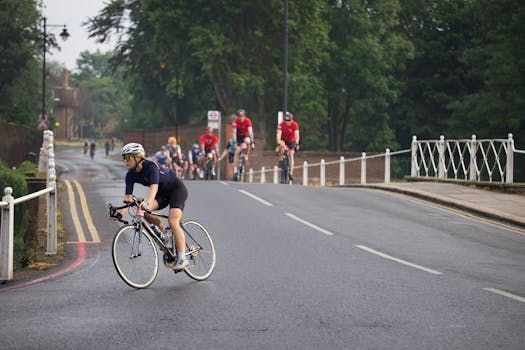
The Misconception: "Cardio" as a Separate Kingdom
When most people hear "cardio," they think treadmill, running shoes, and endless sweat. They imagine there's a magical switch: flip into "cardio mode," and suddenly your heart and lungs get all the benefit — while your muscles, tendons, and bones sit idle in the background.
That's not how biology works.
Your heart, lungs, muscles, bones, and connective tissues are all part of one integrated system. The stress you apply — whether load, metabolic demand, duration, or frequency — affects everything. The idea of "cardio" as a separate category is fiction born of habit, not physiology.
Strength Training Is Conditioning — For Everything
Here's what I want you to accept as true:
Strength training benefits your cardiovascular and pulmonary systems just as much as it strengthens your muscles, tendons, and bones.
Meanwhile, "pure cardio" does far less for your musculoskeletal health.
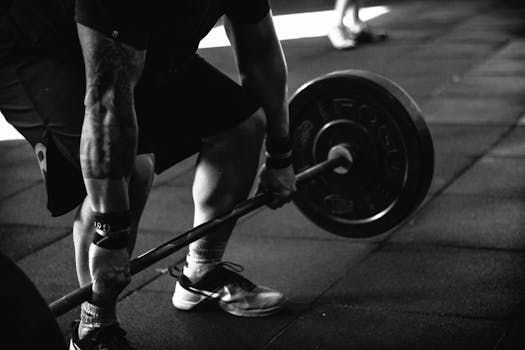
Heart and Blood Vessels
Resistance training helps lower blood pressure, improve cholesterol, and enhance insulin sensitivity. It improves blood vessel function and flexibility by stimulating vascular adaptations. Over time, it can reduce resting heart rate — decreasing the overall workload on your heart.
Lungs and Respiratory Efficiency
All exercise demands more oxygen delivery to working muscles. Over time, your lungs and diaphragm adapt — becoming stronger and more efficient. Dense, intelligently designed strength work — the kind we program at TNT Strength — challenges both your muscles and your breathing mechanics.
Muscles, Bones, Tendons, and Connective Tissue
Strength training is the only form of exercise that reliably strengthens bones, tendons, ligaments, and muscle fibers through progressive overload. Traditional "cardio" — running, cycling, swimming — doesn't create the same mechanical load needed for these adaptations.
Strength gives you structural integrity. That's what keeps you durable, functional, and injury-resistant well into your later years.
So when you do proper strength work, your heart and lungs are adapting too — giving you the benefits of "cardio" without sacrificing structure or time.
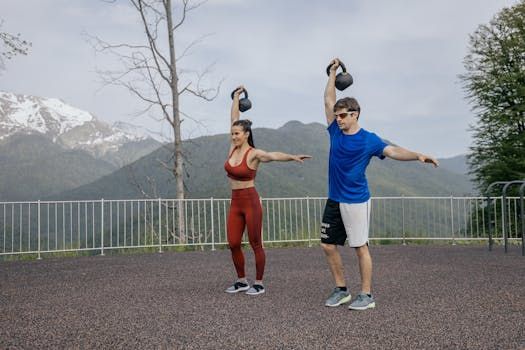
Project Total Conditioning — The Precedent
Let's talk about Project Total Conditioning , a system pioneered by Arthur Jones and the Nautilus lineage . The idea was simple: you don't isolate systems — you train them together. Resistance, flexibility, cardiovascular demand — all integrated.
When you demand full-body effort, your body adapts comprehensively. Load and metabolic demand drive adaptation in both strength and cardiorespiratory systems.
That's exactly how we train our clients here at TNT Strength in Oakland's Rockridge District — through safe, efficient, full-body sessions that challenge every system, every time.
You don't need "cardio days." You need well-calibrated strength sessions : volume, intensity, and density all working in sync to stimulate both mechanical and metabolic stress.
Why "Pure Cardio" Is Overhyped and Overused
Here's what traditional cardio misses:
Limited structural stimulus: Running or cycling won't build your bones or tendons.
Risk of overuse injuries: Repetitive, low-load motion can wear down joints without strengthening support structures.
Time inefficiency: Long cardio sessions are a poor use of time for most busy adults in Rockridge, Temescal, or Piedmont .
Less metabolic return: Strength circuits or high-density resistance work burn more calories per minute while building strength and endurance.
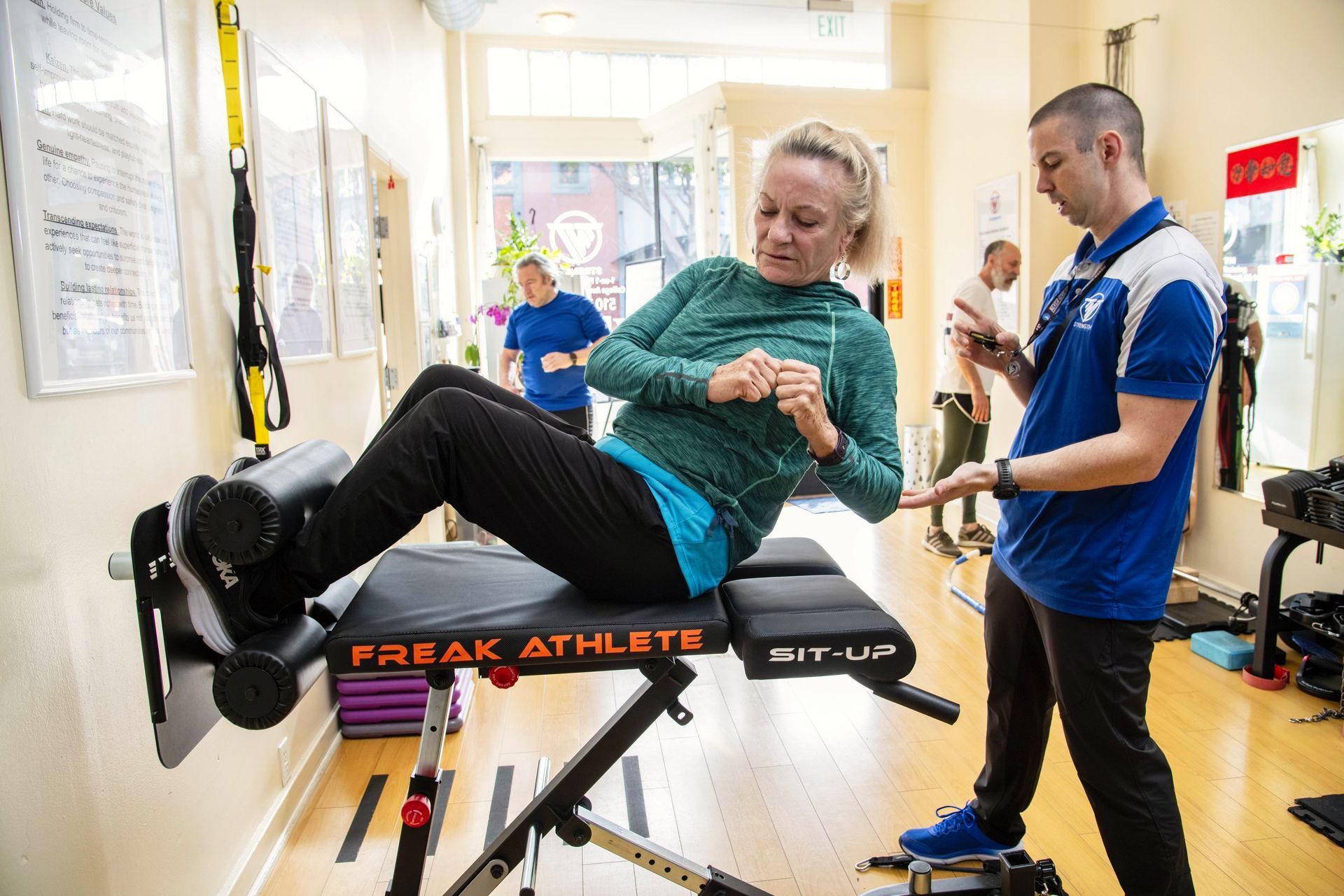
Sure, pure aerobic work improves VO₂ max and endurance — but it's a blunt tool. Studies like CardioRACE at Iowa State University confirm that combining resistance and aerobic training yields equal heart benefits plus greater strength.
What "No Cardio" Training Looks Like
Here's what a "no separate cardio" approach looks like at TNT Strength Oakland :
1. Heavy, compound lifts — squats, deadlifts, presses, and rows.
2. Paced circuits — supersets or minimal rest to keep the heart rate elevated.
3. High-intensity intervals — sled pushes, kettlebell swings, or bodyweight conditioning.
4. Active recovery — rest periods long enough to recover partially, but still metabolically demanding.
5. Programmed variation — alternating days of strength focus and metabolic focus.
This is total conditioning — efficient, integrated, and scalable for any fitness level.

Some Counterpoints and Caveats
Everybody is different. Endurance athletes need specific training for their sport. But for the rest of us — especially busy professionals and active adults in the East Bay — strength-centric conditioning is the most effective and sustainable route .
You must still program intelligently: manage intensity, rest, and recovery. Do that right, and your heart and lungs will adapt right alongside your muscles.
Call to Action: Rethink Your Training
Here's your new mindset checklist:
1. Drop the word "cardio." Replace it with "conditioning stimulus."
2. Ask: Does this session overload both my structure and my metabolism?
3. Integrate strength, density, intervals, and progression — skip the long, slow grind.
4. Track strength and recovery metrics: resting HR, breathing ease, HR recovery.
At TNT Strength Oakland , we see it daily — people of all ages (especially 50+) rebuilding their heart, lungs, and structure with just two brief, high-effort strength sessions per week.
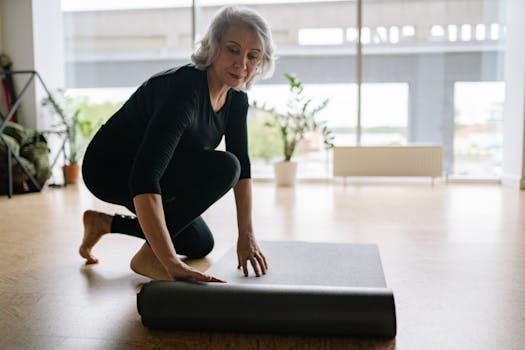
TAKU'S NOTE
There is no magical separate realm called "cardio." It's just one tool among many. When you build your program around strength and metabolic demand , you gain more cardiovascular health, greater durability, and better long-term results than endless jogging can provide.
Strength is the foundation. Build that, and your heart and lungs will follow — stronger, more efficient, and more resilient.
Train hard. Train smart.
— Liam "TAKU" Bauer
FAQ: "No Cardio" Strength Training at TNT Strength Oakland
Q: Do I really never need to do cardio again?
A: You don't need
separate "cardio sessions." Properly designed strength training elevates heart rate, boosts endurance, and improves VO₂ efficiency. Light walking or cycling can still aid recovery and relaxation.
Q: Will I lose endurance if I stop running?
A: Not at all. You'll build usable endurance
— the ability to perform sustained real-world efforts without joint wear or burnout.
Q: What does a TNT workout feel like?
A: It's short, intense, and purposeful. You'll move slowly and deliberately through compound exercises that challenge your muscles and breathing simultaneously. Most of our Rockridge clients finish in 20–30 minutes
— completely spent, but smiling.
Q: Is this approach safe for older adults?
A: Absolutely. It's ideal. Many of our Oakland-area clients over 60
see dramatic improvements in blood pressure, bone density, and vitality after just a few months.
Q: How do I get started?
A: Visit TNT Strength Oakland
, right off College Avenue in Rockridge
, to book your Intro to Strength Training
session. We'll create a custom, time-efficient program
that fits your schedule, goals, and recovery needs.
Ready to ditch "cardio" and build true conditioning?
Discover how stronger
is fitter.
TNT Strength | Rockridge — Oakland, CA
Experience the TNT Strength difference with a free workout.
START YOUR FITNESS TRANSFORMATION WITH A
FREE WORKOUT
Complete the form and we'll set up an appointment for you.

